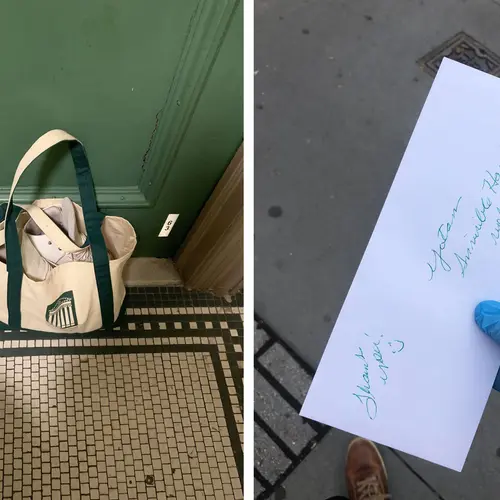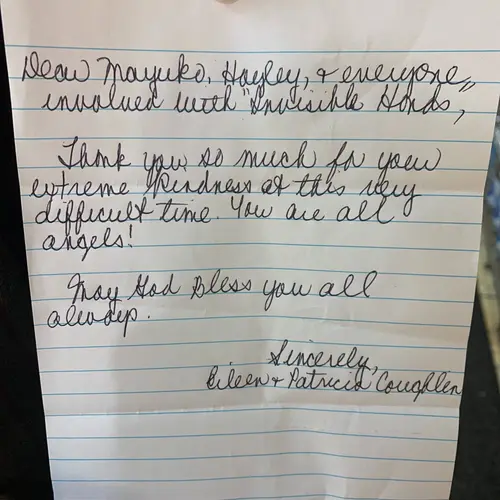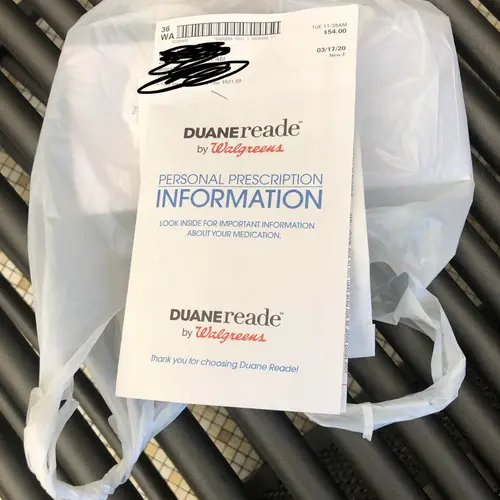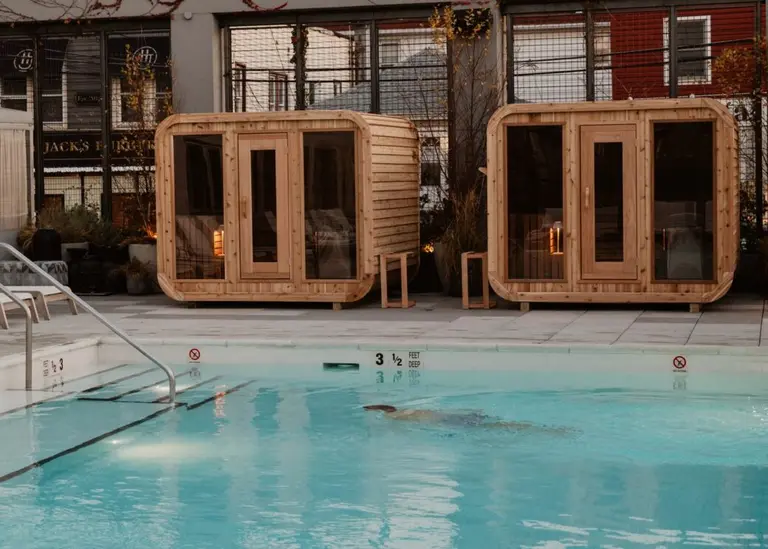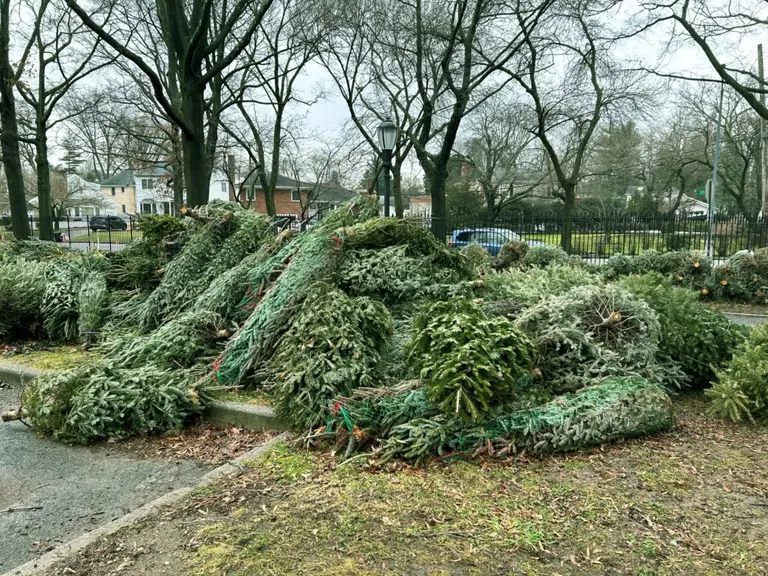Meet the 7,000 ‘Invisible Hands’ delivering essentials to at-risk New Yorkers
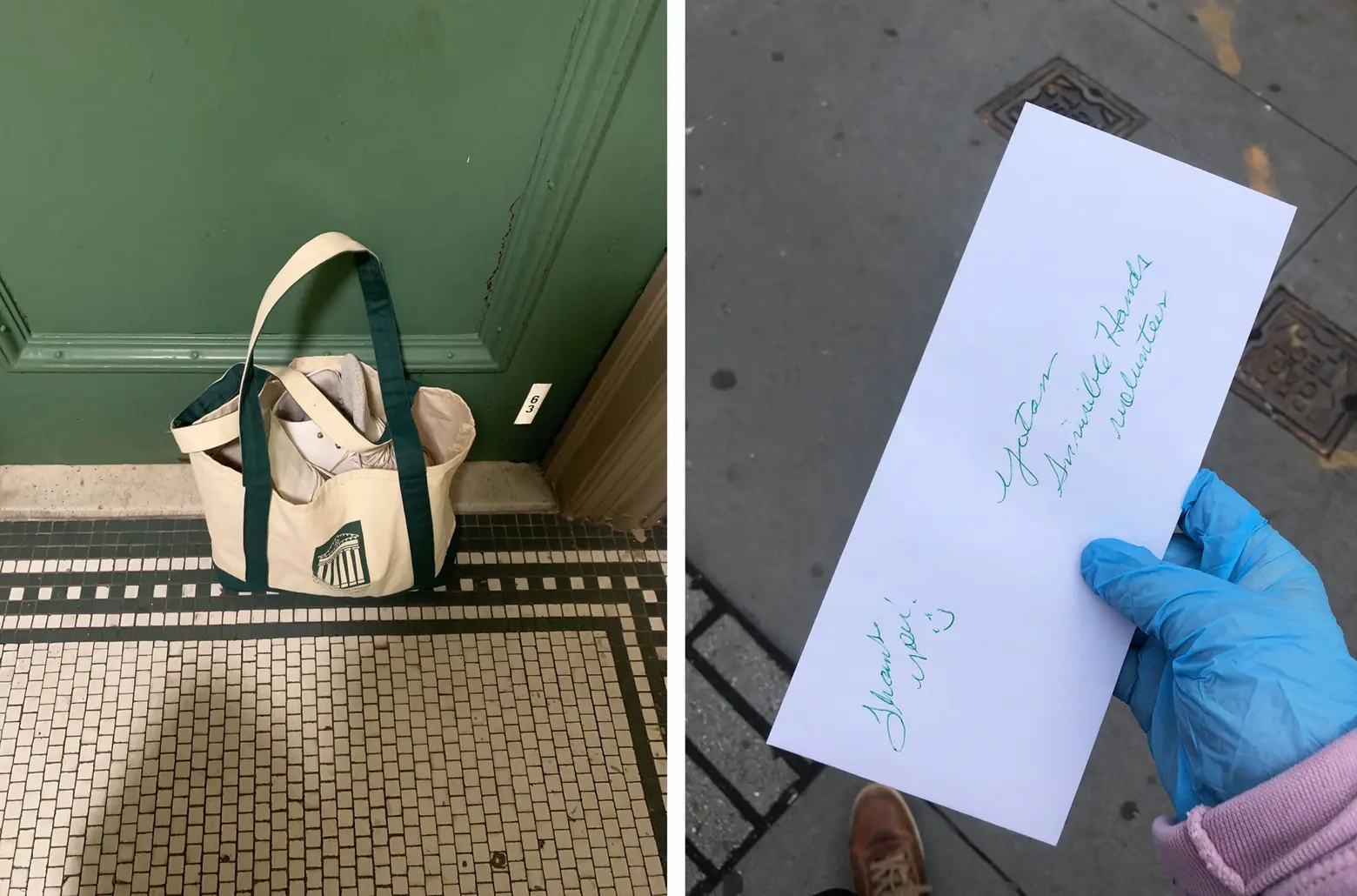
Photos courtesy of Invisible Hands
If you needed more evidence that New Yorkers come together in a time of crisis, look no further than Invisible Hands. The premise of the volunteer group is that low-risk people can help to bring groceries and supplies to those in demographics at high risk for COVID-19. Simone, Liam, and Healy — “healthy 20-somethings in NYC” — started the group just nine days ago, and today have amassed 7,000 volunteers across New York City and parts of Jersey City. Yesterday, we spoke with Liam Elkind about what it’s been like starting this incredible group, how New Yorkers have been able to “pull together when it feels like the world is trying to pull us apart,” and what Invisible Hands hopes for the future.
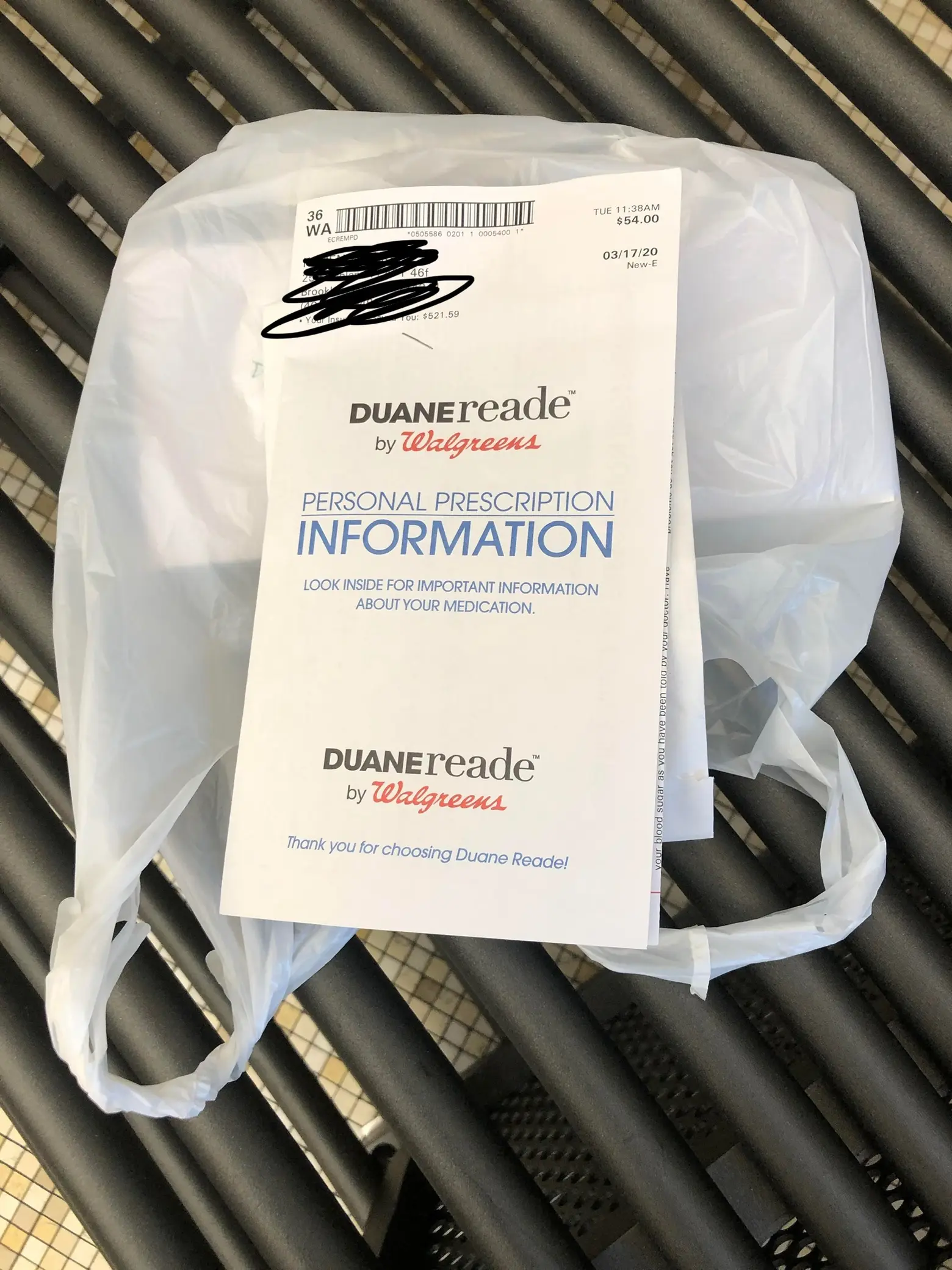
Photo courtesy of Invisible Hands
Liam, a 20-year-old Yale University student first heard about the idea when a family friend, Simone Policano (a 25-year-old actor/producer who also attended Yale), posted on Facebook asking if there was any type of service that connects young, able-bodied volunteers with the most vulnerable members of our community such as the elderly, immunocompromised, or disabled. After seeing the large number of comments from people saying how much they’d love to be part of such a group, Liam emailed her and said, “Why don’t we create this program?” They bought a Squarespace website, drew up some fliers, and came up with the name Invisible Hands “to emphasize that there’s no physical contact.” After Liam and Simone posted on their Facebook accounts about it, it took off instantly, and shortly after Healy (a business student at NYU) joined the team.
Originally, the trio worked off group texts when someone submitted a request, but it very quickly became clear that they’d outgrown that method, so they implemented a more sophisticated data analytics platform to match volunteers with requests.
The way the Invisible Hands website works is individuals can sign up to either be a volunteer or to request a delivery. The latter group can request delivery of groceries, prescriptions, and other needed supplies through an online form. The recipient can choose to order ahead from the store (which is recommended), provide payment to the volunteer before they get the order, or reimburse them upon delivery.
Because Invisible Hands has received such an overwhelming response and outpouring of support, they are able to offer up to a $30 subsidy on groceries for some individuals impacted the hardest by the crisis.
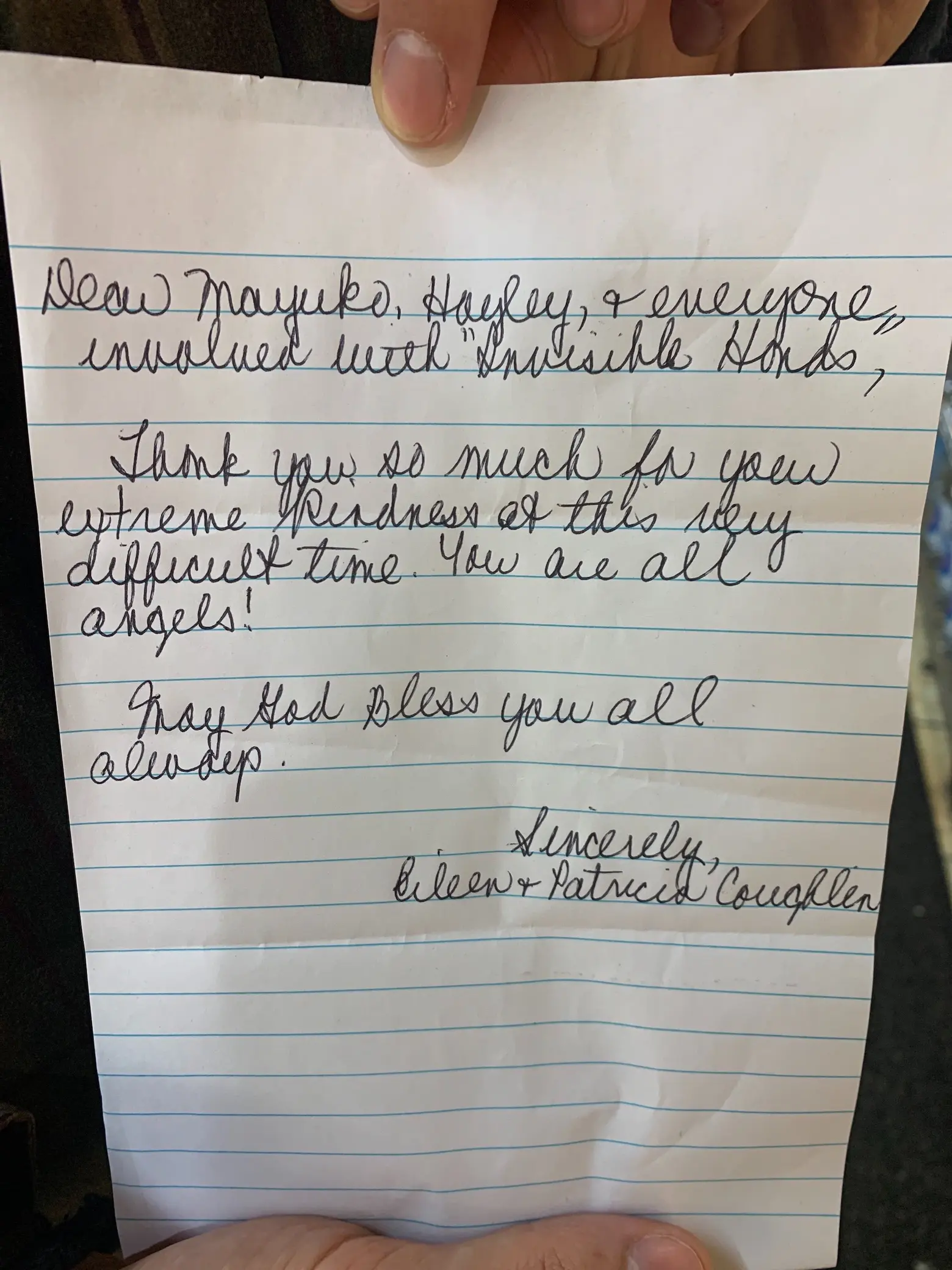
Photo courtesy of Invisible Hands
Perhaps just as important as delivering essentials to people has been the personal connections made between the volunteers and those whom they’re helping. “We realized that people are really lonely right now, and in this age of social distancing, it’s really tough for a lot of people who are scared, lonely, and hungry and have not stepped foot outside because they’re told not to,” Liam says. And for that reason, Invisible Hands is advocating for the term “physical distancing” over “social distancing.” The group has become the source of a friendly phone call or uplifting note. “One lady I made a delivery to sent me a picture of her granddaughter who she’s trying to set me up with,” laughed Liam, adding that another woman he met has already extended an invitation for tea and cookies to him once this is all over.
But what Liam said that most struck a chord is that it’s not just young people who want to help. He received a call from a 60-year-old woman who said, “I know I’m not young, but I’m healthy, and I want to help.” They’ve also received many calls from doctors and healthcare workers who want to use their free time to volunteer. “We say [to them], because you are a literal hero, please take some time off and get some sleep.”
And it’s not just New Yorkers who want to help during this crisis. Invisible Hands has gotten requests from all the country, from D.C., San Francisco, LA, Chicago, Boston, about starting programs there. They’ve also received outreach from Kenya and Colombia.
When asked if Invisible Hands has thought about their plans once we start to see the light at the end of the coronavirus tunnel, Liam said that it’s about much more than their group. “Our ability to come together in times of crisis tends to last long after that crisis itself has been averted…. My biggest hope is that we soon become more obsolete than we currently are, but I don’t think the need for social connection or for helping out your neighbor or for making new friends ever goes away.”
If you want to volunteer with Invisible Hands, you can reach out here. As Liam explains, there is the need for volunteers outside of making deliveries, including manning the phones, matching volunteers to their recipients, helping with web design, or offering any other specialty.
If you need assistance or know someone who does, you can fill out a delivery request here.
